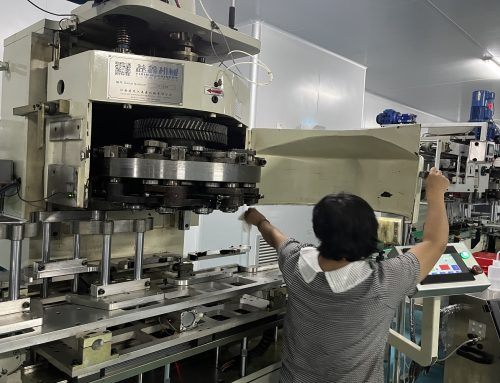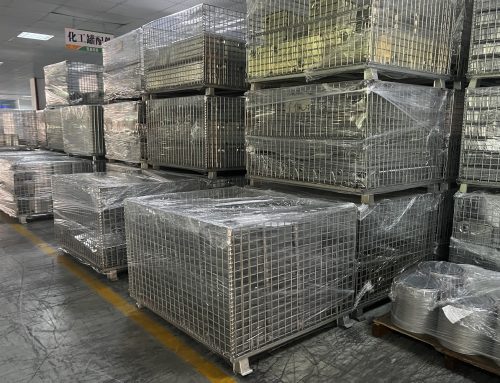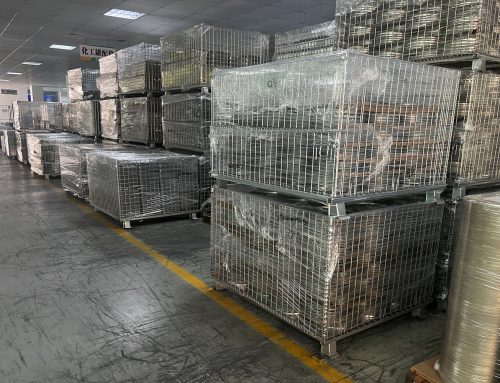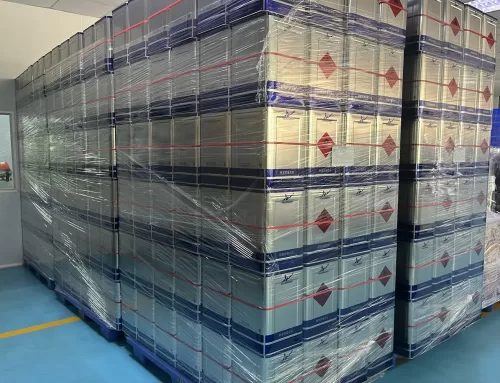Surface roughness:
The surface roughness of the substrate is obtained during leveling. Roughness has an important influence on the drawing process of DI material. A slightly rough surface can improve the adhesion of the tin coating and paint layer, and increase resistance to scratching and abrasion.
Tin plating amount:
The thicker the tin coating, the fewer the pores and the higher the corrosion resistance. To obtain a good continuity and high corrosion resistance with less tin plating, the original plate surface must be clean, and the electroplating process parameters should be stable to minimize fluctuations.
Tin-iron alloy layer:
The desired tin-iron alloy layer is obtained by soft melting. The alloy layer can improve the adhesion and corrosion resistance of the tin coating, and K-plates require a higher alloy layer. The alloy layer is hard and brittle, and if it is too thick, it can reduce welding performance and be prone to shedding.
The key to soft melting technology is to complete heating according to the desired soft melting heating curve, with combined resistance heating and induction heating providing good conditions for soft melting control.

Passivation layer:
The passivation layer is obtained by passivating with chromic acid salts. It can effectively inhibit the oxidation of tin, improve the paintability and corrosion resistance of the tin plate, and prevent the occurrence of sulfur stains.
Different passivation layers are required for different uses and contents, such as food cans for oranges, cherries, pineapples, pears, and peaches, and 18L bamboo shoot cans, which require high electricity for passivation.
Oil coating:
A layer of DOS oil is applied to the surface, acting as a lubricant to prevent scratches, abrasions, and rust. However, excessive oil coating or uneven oil coating can easily cause “pinhole” defects in the coating film.
More: Factors Affecting Welding Quality of Tinplate and Tips for Improvement




